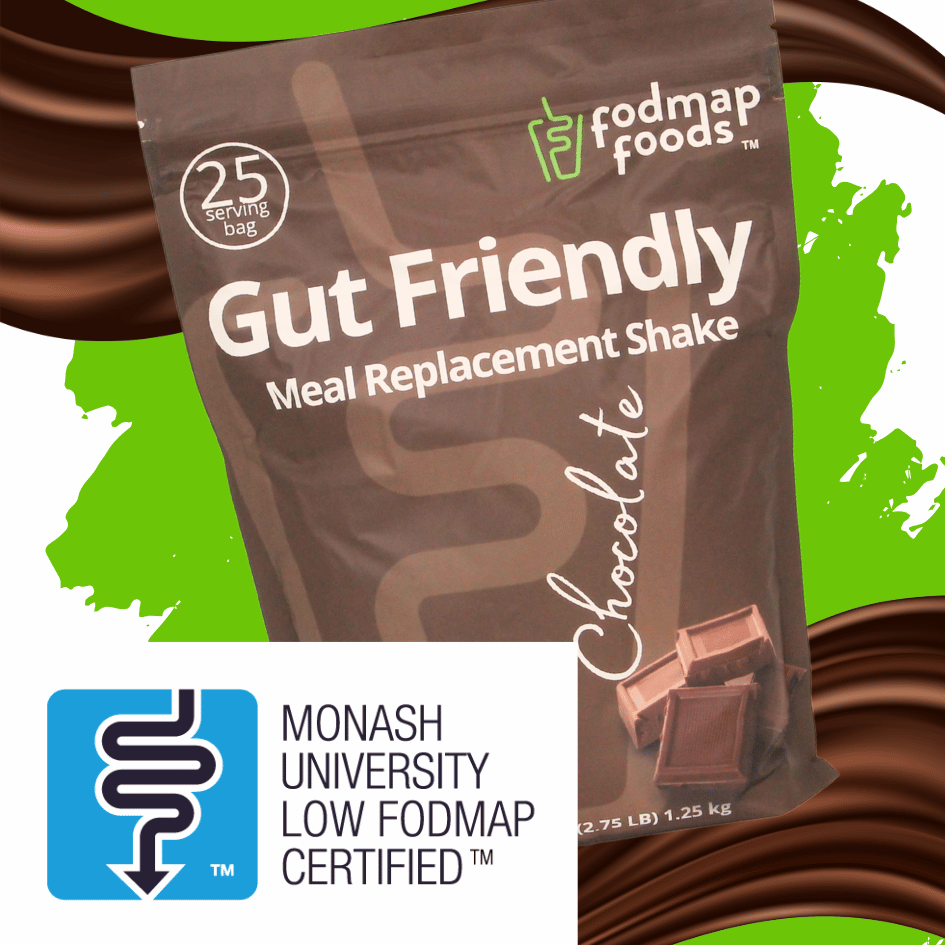Apolipoprotein B: What It Is and Why It Matters

Heart Disease: The Biggest Threat

Heart disease is the number one killer of humans in the US and on Earth
Imagine heart disease as a sneaky thief that robs people of their health and lives. It is the most dangerous thing any of us can worry about. It hurts more people than any other illness including cancer. Heart disease is the number one cause of death in the United States and the world. About 1 out of every 4 deaths in America is because of heart disease. In 2020, around 697,000 people in the US died from it. To put this in perspective this is like the entire city of Boston, Massachusetts. Protecting our selves is critical.
To start, we need to understand what causes heart disease and how to predict it. Heart disease can strike anyone, and it often does so without any warning. This makes it essential for us to find the best ways to see it coming before it can do serious harm. By learning more about how heart disease works, we can come up with better ways to stop it and help people live longer, healthier lives.
History of Cholesterol Tests

The story of measuring cholesterol began in the early 1900s. Think of cholesterol as tiny delivery trucks in our blood, carrying fats to different parts of our body. Doctors started measuring these molecules or trucks to see how many were in the blood. They found that people with higher cholesterol numbers were people getting heart disease. The first cholesterol tests were simple, but they gave doctors valuable information. Over time, these tests got better and more specific. By the 1950s and 60s, cholesterol tests were common, and doctors used them to help predict who was at risk for heart disease. This was a big step forward in the fight against the heart disease. Almost half of all adults in the United States, about 121 million people, have some type of heart disease. This shows how common heart disease is and why it's important to find ways to prevent and treat it.
Meet ApoB: The A New Lab Test for Heart Disease
Apolipoprotein B, or ApoB, is a special protein that helps us understand heart disease better. Imagine ApoB as a color that is on the "Dangerous" delivery trucks (like VLDL, IDL, and LDL) separating them from the "Protecting" delivery trucks in our blood. Each "dangerous" delivery truck has one ApoB molecule, so by counting ApoB, we know how many bad trucks there are. Why are these trucks so dangerous? Because the trucks can cause trouble by crashing and getting stuck in our arteries. When a lot of these trucks get stuck, they cause blockages and the roads or arteries cannot be used anymore. In your body this leads to arteries getting blocked causing heart disease or heart attacks and strokes. By looking at ApoB levels, doctors can get a better picture of a person's risk for heart disease.
How ApoB Predicts Heart Problems
ApoB is better at predicting heart disease than just measuring LDL cholesterol (LDL-C). Think of LDL-C as counting the number of boxes in the trucks instead of the trucks themselves. ApoB counts the trucks, which is more important because it tells us how many can cause blockages in our arteries. High levels of ApoB mean there are lots of dangerous trucks on the road, which increases the risk of heart disease. On the other hand, lower ApoB levels suggest fewer bad trucks, which means a lower risk. This makes ApoB a more reliable way to see who might develop heart problems, helping doctors give better advice and treatments to their patients.
New Guidelines for Heart Health
In 2019, doctors in Europe said that ApoB is a better way to measure heart risk than LDL-C. They recommend using ApoB to guide treatment because it gives a clearer picture of heart health. This helps doctors decide a persons risk of having a heart attack or stroke. Then they can help find the best ways to lower the risk of heart disease for their patients. The target level for ApoB in European guidelines is generally set at less than 80 mg/dL for high-risk individuals and less than 65 mg/dL for those at very high risk, such as those with established cardiovascular disease or diabetes and other risk factors. These guidelines are based on many studies showing the best ApoB levels. By following these guidelines, doctors can offer better care, helping people reduce their risk of heart attacks and strokes.
Healthy Oils: Canola vs. Olive
Canola oil has been shown to lower ApoB and improve heart health better than olive oil. Think of canola oil as a super cleaner that helps reduce the number of bad delivery trucks in our blood. It lowers bad LDL, raises good HDL, and keeps our hearts healthy. Studies have found that people who use canola oil have lower ApoB levels compared to those who use olive oil [C1]. This means fewer dangerous trucks in their blood, reducing the risk of blockages. Plain old store bought Canola oil is like a superhero that outperforms olive oil in protecting our hearts. Why this matters to us? We often see people get chills when they hear we use Canola in our products. This is a reflection of marketing and misinformation. (If you don't believe me ask an AI near you). We love teaching people about Canola and helping them learn about nutrition. This makes our product an amazing option because we didn't use trendy marking, we used solid research to choose the best ingredients. By including canola oil, we ensure our product provides better support for heart health than others on the market.
Why We Care About ApoB
Our product stands out because we focus on the science behind ApoB and heart health. Heart disease not only costs a lot of money. The American Heart Association says it costs about $363 billion each year. This includes money spent on doctor visits, medicines, and lost work time. Not only money is lost but lives are also lost. By understanding and using the best ingredients like canola oil, we help protect your heart. Our commitment to science and health makes our product top choice for keeping your heart strong and healthy. We know that keeping ApoB levels low is crucial for preventing heart disease, so we’ve crafted our product to do just that. It’s like building a fortress to guard against the heart disease bully, using the best materials and technology available. By prioritizing your heart health, we offer a product that not only tastes great but also supports your overall well-being, helping you live a longer, healthier life.
Resources
-
Apolipoprotein B Compared With Low-Density Lipoprotein Cholesterol in the Atherosclerotic Cardiovascular Diseases Risk Assessment.
Galimberti F, Casula M, Olmastroni E.
Pharmacological Research. 2023;195:106873. doi:10.1016/j.phrs.2023.106873.
Leading Journal
New Research -
Apolipoprotein B Particles and Cardiovascular Disease: A Narrative Review.
Sniderman AD, Thanassoulis G, Glavinovic T, et al.
JAMA Cardiology. 2019;4(12):1287-1295. doi:10.1001/jamacardio.2019.3780.
Leading Journal -
Update on Apolipoprotein B.
Sniderman A, Langlois M, Cobbaert C.
Current Opinion in Lipidology. 2021;32(4):226-230. doi:10.1097/MOL.0000000000000754. -
Apolipoprotein B Levels, APOB Alleles, and Risk of Ischemic Cardiovascular Disease in the General Population: A Review.
Benn M.
Atherosclerosis. 2009;206(1):17-30. doi:10.1016/j.atherosclerosis.2009.01.004. -
Excess Apolipoprotein B and Cardiovascular Risk in Women and Men.
Johannesen CDL, Langsted A, Nordestgaard BG, Mortensen MB.
Journal of the American College of Cardiology. 2024;83(23):2262-2273. doi:10.1016/j.jacc.2024.03.423.
Leading Journal
New Research -
Apolipoprotein B Displays Superior Predictive Value Than Other Lipids for Long-Term Prognosis in Coronary Atherosclerosis Patients and Particular Subpopulations: A Retrospective Study.
Zhang C, Ni J, Chen Z.
Clinical Therapeutics. 2022;44(8):1071-1092. doi:10.1016/j.clinthera.2022.06.010.
C1 -
-
Jenkins, D. J. A., Kendall, C. W. C., Marchie, A., Faulkner, D. A., Wong, J. M. W., de Souza, R., Emam, A., & Parker, T. L. (2003). Effect of a diet high in vegetables, fruit, and nuts, including canola oil, on the reduction of cardiovascular disease risk factors including serum apolipoprotein B. American Journal of Clinical Nutrition, 77(6), 1325-1333.
-
Schwingshackl, L., & Hoffmann, G. (2013). Long-term effects of low-fat diets either low or high in protein on cardiovascular and metabolic risk factors: A systematic review and meta-analysis. Journal of Lipid Research, 54(9), 2295-2304. https://doi.org/10.1194/jlr.M038059
-
Li, Y., Hruby, A., Bernstein, A. M., Ley, S. H., Wang, D. D., Chiuve, S. E., Sampson, L., & Willett, W. C. (2015). Saturated fats compared with unsaturated fats and sources of carbohydrates in relation to risk of coronary heart disease: A prospective cohort study. American Journal of Clinical Nutrition, 101(1), 99-109. https://doi.org/10.3945/ajcn.114.089284








Leave a comment